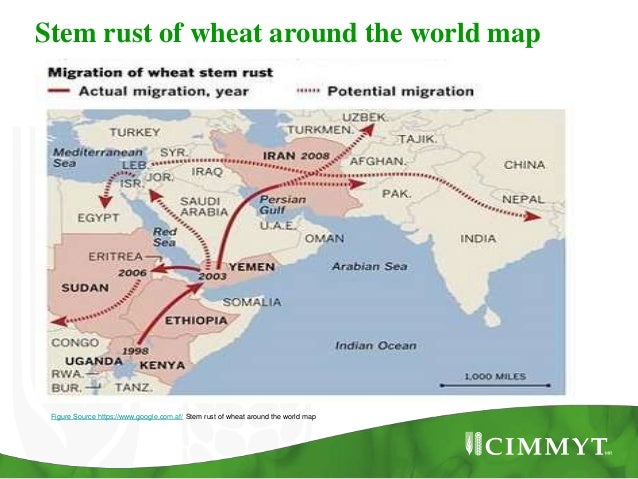

HashMap and Map both are similar in one way or two but the difference lies in the interface. Remove(Object) – If the mapping for a key is existing in the map, this technique is used to delete it. We can either return a set view of the map, or we can create a new set and store the map parts in it. Here the value is used as a parameter and returns True if the key element is mapped in the map.ĮntrySet() – This method is used to produce a set from the elements of the map. And it returns True if the key element is mapped in the map.ĬontainsValue(Object) – This method determines if a given value in the Map is mapped by a single key or many keys. KeySet() – Using this approach, you may get a Set view of the keys in this map, thus any changes to the map get automatically reflected in this set and vice versa.Ĭlear() – Use this function to clear and delete all elements or mappings from a given map collection.ĬontainsKey(Object) – The primary goal of this function is to determine whether a given key is mapped in the Map. It essentially returns a Collection view of the HashMap’s values. Values() – This technique is used to construct a collection from the map’s values. Size() – The number of key/value pairs accessible in the map is returned by this method. IsEmpty() – Determines whether the specified string is empty. PutAll(Map) – All of the mappings from the supplied map are copied to this map using this technique. Put(Object, Object) – This method is used to link the provided value to the specified key. It checks if the elements of one map provided as a parameter are the same as the elements of this map.

Rust the method map exists but code#
HashCode() – This method returns the hash code of a string containing the key and value for the given map.Įquals(Object) – This approach is used to determine how similar two maps are. Get(Object) – This function is used to get the value mapped to a certain key specified in the input. HashMap.values() – utilized to construct a collection out of the values of the map. Get(Object key) – The method has its own properties to returns the value to which the provided key is mapped or to null. Note: K stands for the kind of keys in the map, and V stands for the type of values mapped in the map.ĬomputeIfAbsent(K key, Function mappingFunction) – Calculates the value of the provided key using the given mapping function and enters it into this map if it has not been previously associated with a value.Ĭlear() – Eliminates each mapping from this map.ĬontainsValue(Object value) – The method for determining whether or not this map maps one or more keys to the provided value.Ĭompute(K key, BiFunction remappingFunction) – remappingFunction) – Calculates a new mapping if the specified key exists and its current mapped value is given.ĬontainsKey(Object key) – The technique for determining whether or not this map has a mapping for the provided key.ĮntrySet() – Used to construct a set of identical elements contained in a HashMap


How Map Is Different From HashMap In Java? Although a key->value map and a method to iterate over the keys are usually the quality that both have but timing guarantees and key order are the most important differences between these two classes (Map and HashMap). HashMap is a non-synchronized class of the Java Collection Framework that contains null values and keys, whereas Map is a Java interface, which is used to map key-pair values. Map and HashMap – These two terms have been contrasted in this post.


 0 kommentar(er)
0 kommentar(er)
